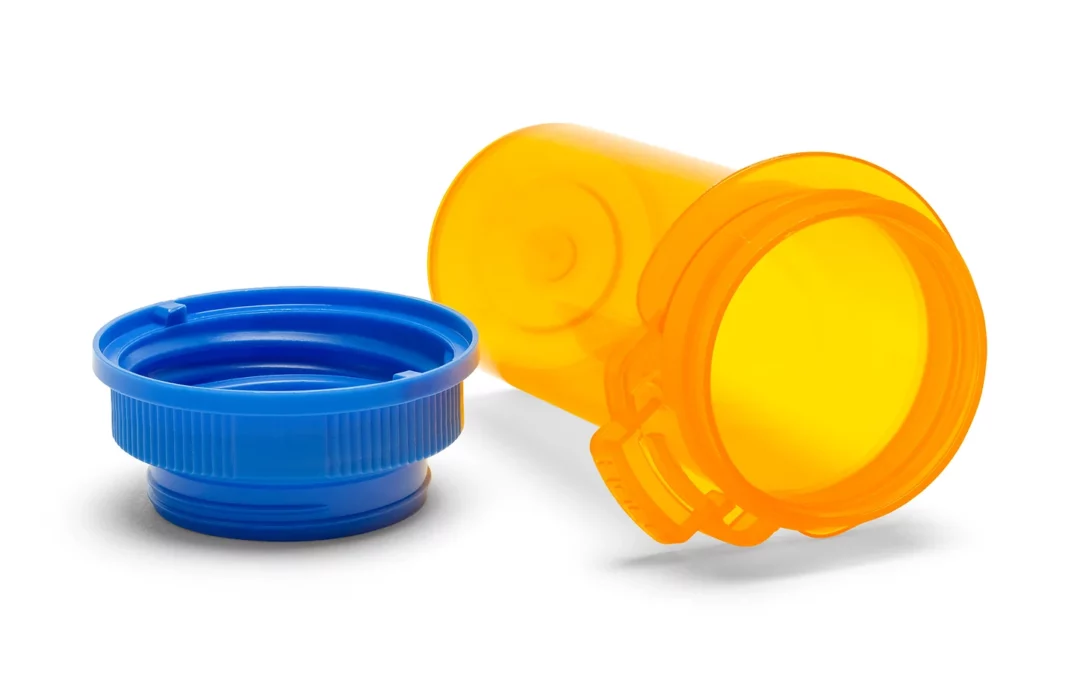Even before COVID-19 wreaked havoc on the United States’ healthcare system, the availability and price of prescription drugs were a concern for many people. This concern is growing in the aftermath of panicked stockpiling of some medications, and a sudden lack of supply has caused temporary drug shortages across the country.
For example, hydroxychloroquine, touted by some government officials as a coronavirus cure, is now scarce for patients with lupus or rheumatoid arthritis, two conditions the drug is proven to treat. Similarly, recent experimental use of famotidine, the active ingredient in Pepcid, has spurred some to hoard the common heartburn drug, making it inaccessible for others. [1]
Much like toilet paper and canned goods, many of the drugs stockpiled in the early days of COVID-19 will become available as pharmacies rebuild supplies. However, some experts are warning of more long-term shortages due to restricted supplies of the raw materials used in many common drugs, especially generics. [2]
India provides the U.S. with between 40% and 50% of generic drugs, and as India institutes more stringent lock-down policies, drug supplies may dwindle. While many experts agree that most drugs available at pharmacies will remain unaffected, shortages will likely be seen in hospital settings.[3]
Dr. David Merritt PharmD, RPh, Chief Pharmacist at Prescription Care Management, explains, “Across the country, hospitals are seeing a surge in COVID-19 cases. They are beginning to see shortages in critical medications, especially ones to treat the symptoms related to the virus; antibiotics, antivirals, sedatives, and medication to support proper lung function are in short supply. Hospitals are under siege right now and are quickly using up their supplies. Retail pharmacies, however, are not under high demand, but could run into shortages depending on supply and patient stockpiling of medications.”
Three major pharmaceutical companies are not currently reporting any drug shortages. However, they are under no legal obligation to alert consumers, doctors, or pharmacists when supplies are running low. The FDA recently reinforced the need for faster, more accurate shortage reporting by outlining new guidelines for manufacturers and has been diligent in keeping the public aware of shortages, even with the limited information provided by big pharma.
Drug availability is not the only concern people are facing. Even in a compromised financial climate, drug prices are continuing to rise. The first quarter of 2020 saw price increases averaging 5.1% on common medications like Eliquis, Jardiance, Tradjenta, and Chantix, and more increases are likely.
“Pharmaceutical manufacturers raise prescription drug prices one to four times per year,” Dr. Merritt says. “These price increases lead to higher prescription costs allowing manufacturers to provide bigger rebate payments to PBM’s (pharmacy benefit managers), insurance companies, and employer groups, rather than going to the patients.”
With more price increases on the horizon and many non-essential workers staying home, people are finding it increasingly difficult to afford medications. Additionally, the unknown costs of medications and vaccines to treat COVID-19 are looming.
Some groups are petitioning for legislative action to contain COVID-19 treatment costs. The Lower Drug Prices Now coalition is urging lawmakers to bar pharmaceutical companies from claiming exclusive rights to COVID-19 vaccines or medications and monopolize prices.[4]
The coalition and others like them are exposing a decades-old problem in the industry, as big pharma maintains majority control over the cost of prescription drugs.
In the face of pharmaceutical uncertainty, what can you do to prepare for potential shortages and price increases?
Fill necessary prescriptions. Last month we urged you to start a responsible medication reserve with up to 90 days of necessary prescription and over the counter medications. It is not too late. Contact your doctor to discuss how much medication you should have on hand in case of a shortage.
Budget for higher prices. While the practice of budgeting for rising prescription prices is a great habit to have any time, it is especially relevant in abnormal circumstances like this pandemic. Look for ways to save extra cash in case your mediations see price increases.
Work with your pharmacist. Pharmacists are usually on the front-line of changes in the pharmaceutical industry. If you find yourself facing a drug shortage, work with your pharmacist to find a suitable alternative. Pharmacists are typically more knowledgeable about drug alternatives and prices than physicians and are good resources for pharmaceutical information.
Practice suggested safety measures. As many states begin lifting stay-at-home orders and begin to reopen businesses, it is important to continue practicing safety measures like frequent hand washing, wearing a mask as appropriate, and staying home when sick. While coronavirus numbers may be plateauing in some areas, only a tested treatment or vaccine will truly eradicate the risk. Those with chronic conditions and those at high risk of contracting COVID-19 should be especially diligent.
The coming months are uncertain and while experts have not confirmed that the medication supply chain will be affected, being prepared for potential shortages and increased prices is important to good health and peace of mind.
Dr. Merritt advises, “Be smart, safe, and stay healthy. Practice social distancing, wear a mask in public and work with your healthcare providers to monitor your health. Keep a sufficient supply of medications to maintain your well-being is an important practice during these extraordinary times.”

